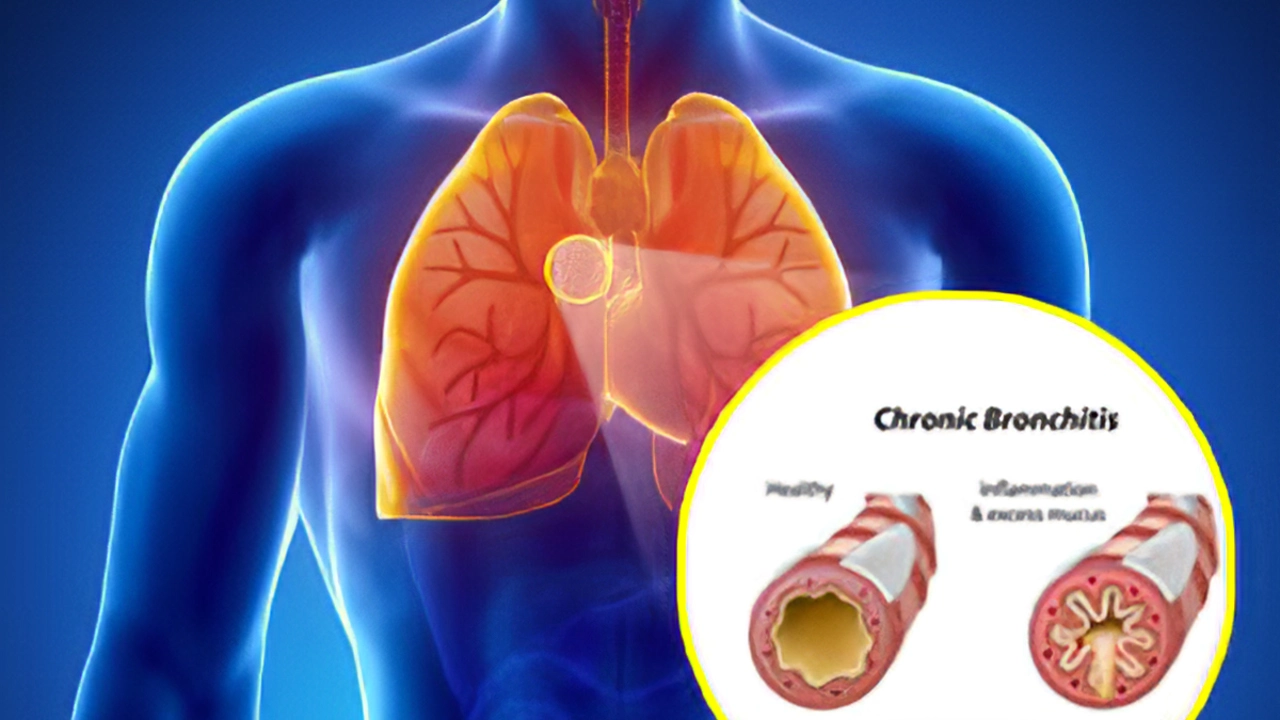Short of breath, coughing a lot, or wheezing more than usual? Those are common signs of obstructive pulmonary disease — a group of lung problems that make it hard to get air out of your lungs. The main names you’ll hear are COPD, chronic bronchitis, emphysema, and some forms of asthma. This page gives clear, practical steps you can use now, whether you’re worried about symptoms or trying to manage a diagnosis.
First, know the usual symptoms: increasing breathlessness with activity, a persistent cough, mucus that won’t quit, wheeze or tightness in the chest, and feeling more tired. Symptoms can come on slowly over months or get worse quickly during a flare-up. If symptoms disrupt daily life or you can’t finish simple tasks, that’s a red flag.
Diagnosis is straightforward: a spirometry test measures how much air you can blow out and how fast. Chest X-rays or CT scans can show lung damage. Doctors also ask about your history — smoking, workplace exposures, recurring infections, or family history. Lab tests and oxygen checks can find complications or show if you need extra support.
Don’t ignore smoking. Quitting is the single most effective step to slow disease progression. Your provider can recommend nicotine replacement, medicines, or counseling that actually work.
Inhalers are the backbone of treatment. Quick-relief inhalers (often called rescue or SABA) stop sudden breathlessness. Controller inhalers — long-acting bronchodilators, with or without inhaled steroids — reduce flare-ups and daily symptoms. Learn proper inhaler technique; even perfect drugs don’t help if used wrong. Pulmonary rehab programs teach breathing techniques, exercise, and energy-saving tips that make a big difference in daily life.
Other useful tools: supplemental oxygen when levels are low, flu and pneumonia vaccines to prevent infections, and action plans that tell you exactly what to do when symptoms worsen. For severe cases there are surgical and advanced medical options — your specialist will cover those if needed.
Watch for danger signs: sudden severe breathlessness, blue lips or face, confusion, or trouble walking or talking. Those need emergency care. For milder worsening, call your clinic to adjust meds or start short courses of steroids or antibiotics as advised.
Small daily habits add up: stay active within limits, eat a balanced diet, avoid air pollution and cold air if they trigger symptoms, and manage other conditions like heart disease. Support groups and online communities can help with practical tips and staying motivated.
If you suspect obstructive pulmonary disease, get tested rather than guessing. Early, simple steps can keep you breathing better for years.

As a blogger passionate about health, I recently came across some concerning information about the impact of climate change on obstructive pulmonary disease. It appears that as global temperatures rise, the worsening air quality directly affects those suffering from respiratory issues. Increased pollution, allergens, and wildfires are exacerbating conditions like asthma and COPD. This highlights the urgent need for us to address climate change, not only to protect our planet but also to safeguard our health. We must take collective action to reduce our carbon footprint and push for cleaner energy alternatives to ensure a healthier future for all.
View more